
Correspondence: Discussion about the US National Academies GE crop report ($)
0 Comments
/
A series of letters has been published in Nature Biotechnology on the topic of the US National Academies report Genetically Engineered Crops: Experiences and Prospects. From Dec 2016, US National Academies report misses the mark. In the April 2017 issue, authors of the report and others reply to the…
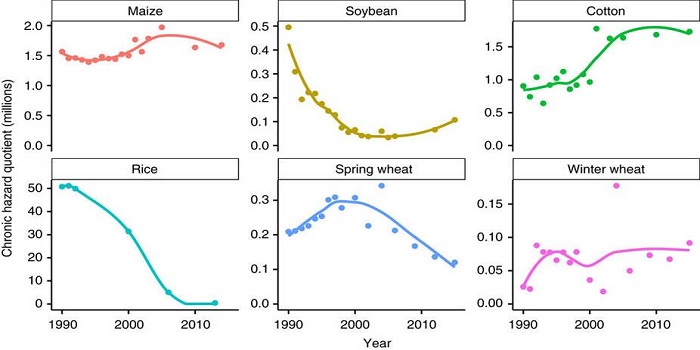
Long-term trends in the intensity and relative toxicity of herbicide use
“Weeds are a fact of life for farmers around the world,” writes Kniss in this analysis of herbicide-use trends. He stresses the limitation of reports that measure only the weight of herbicides used, as there is tremendous variation in the toxicity of different herbicides. He shows that although herbicide…
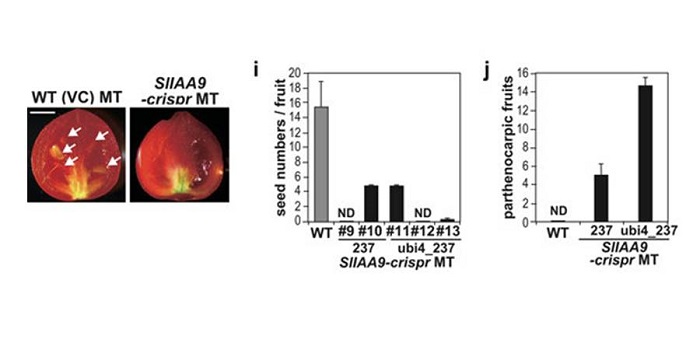
Rapid breeding of parthenocarpic tomato plants using CRISPR/Cas9
Most fruits form after pollination, making their production vulnerable to pollinator presence. Parthenocarpy is the development of fruit that occurs in the absence of pollination. Genes that enable parthenocarpy have been identified, including a tomato gene involved in auxin responses SlIAA9. Ueta et…
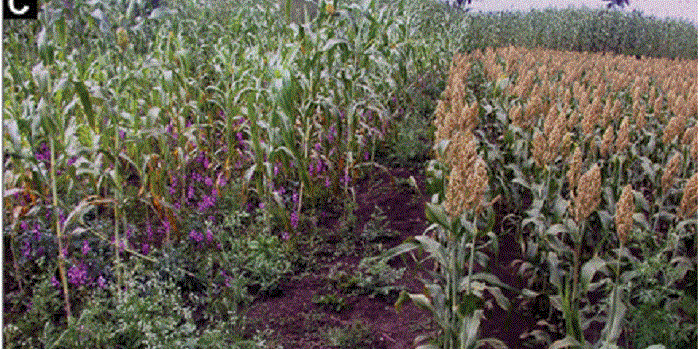
Mutation in sorghum LOW GERMINATION STIMULANT 1 alters strigolactones and causes Striga resistance
Strigolactones are both hormones that control shoot architecture and signals that promote interactions with arbuscular mycorrhizal fungi and promote germination of detrimental parasitic weeds such as Striga asiatica and Striga hermonthica. Gobena et al. mapped and cloned a sorghum gene, LOW GERMINATION…
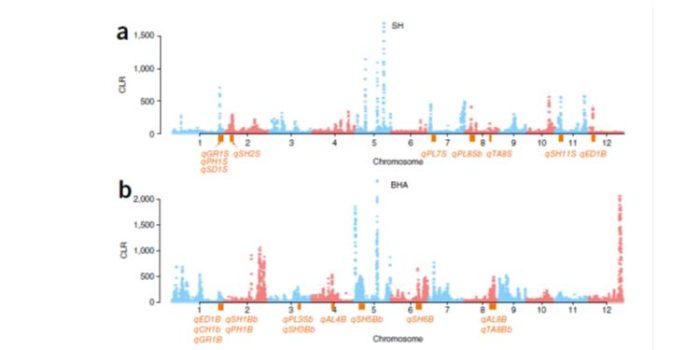
Signatures of adaptation in the weedy rice genome
Crop domestication has been accompanied by the evolution of aggressive weedy crop relatives that compete for resources and make weed management a challenge. By using whole-genome sequencing of the two most commonly found weedy rice strains in the US (SH and BHA), and comparing them with the genomes of…

Review: Arsenic transport in rice and biological solutions to reduce risk
Rice is a staple food for half of the world’s population, but it accumulates the toxic metalloid arsenic (As), which is present in soils and in plants in two forms, arsenate (AsV) and arsenite (AsIII). Chen et al. review the genetics and biochemistry of As uptake and sequestration into the rice grain,…
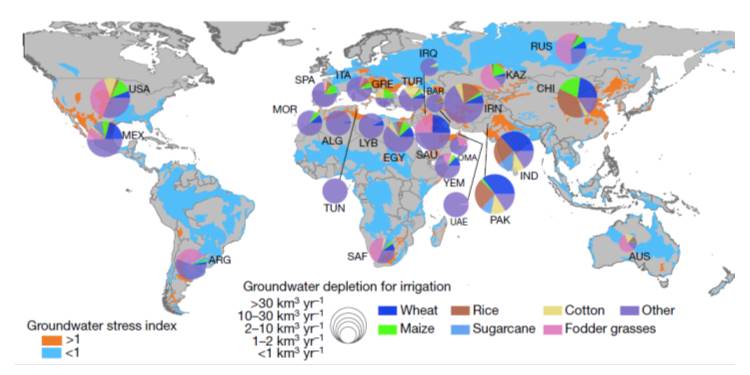
Groundwater depletion embedded in international food trade ($)
Many food-producing regions rely on the withdrawal of water from non-renewable underground sources, a condition called groundwater depletion for irrigation (GWD). Globally, GWD increased by 22% between 2000 and 2010. When food produced with GWD is exported, the exporting country is essentially exporting…
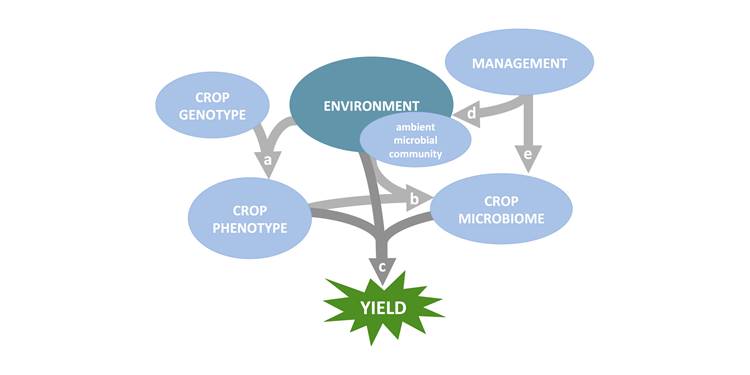
Perspective: Research priorities for harnessing plant microbiomes in sustainable agriculture
Beneficial microbes help plants take up nutrients, confer protection against pathogens, and can even affect flowering time. Busby et al. argue for a coordinated effort between researchers and farmers to study plant microbiomes with the goal of using them to enhance productivity. The authors define and…

Are GMOs good or bad? From the video series "Kurzgesagt – In a Nutshell"
Amazing - over 1.5 million views in less than 24 hours - this is a popular video series!
Here is a list of sources from the YouTube page:
SOURCES:
#What is natural:
GM insulin:
http://bit.ly/2ncHaW5
Genetic engineering for thousands of years:
http://bit.ly/2eCHKfi
http://bit.ly/2mLCvPm
CRISPR:
http://bit.ly/2ncI2uN
#…

